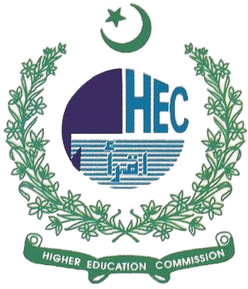SHIFTING ELECTORAL DYNAMICS IN KHYBER PAKHTUNKHWA :THE RISE OF PTI AND DECLINE OF TRADITIONAL PARTIES(2013-2024)
DOI:
https://doi.org/10.63878/jalt1267Abstract
Khyber Pakhtunkhwa, the Pakistan Tehreek-e-Insaaf (PTI) has seen a sharp increase in electoral support. In order to shed light on PTI's performance in the general elections from 2013 to 2024, this paper looks at a variety of factors that contributed to the party's rise, such as demographic changes, campaign tactics, candidate selection, change-effective political tactics, attractive leadership under Imran Khan, rising public desire for political change, and voter perceptions. Additionally, examined in the analysis are societal and economic variables, demographic changes, and the function of social media platforms in enlisting and interacting with younger voters. PTI's popularity in the 2024 election has been further solidified by the effects of their rule in Khyber Pakhtunkhwa, their democratic posture, and their effective public campaigns. The goal of this essay is to present a thorough analysis of PTI's election dynamics and any possible ramifications for Pakistan's political system. The goal of the study is to give readers a thorough grasp of PTI's election dynamics and any possible ramifications for Pakistan's political system. A focus on the reasons and contributing elements to that significant political shift was unavoidable. The article aims to address the important concerns of the way in which the PTI rose so quickly in Khyber Pakhtunkhwa's electoral politics. In addition, it examines how party manifestos influence support in various geographical areas. The study aims to improve understanding of Khyber Pakhtunkhwa's election politics and the downfall of other established political parties like the JUI F, PPP, PMLN, and ANP. According to the findings, KPK has evolved from a politically unstable area where pattern-client relationships predominate to a province where reputation and performance are crucial.
Downloads
Published
Issue
Section
License

This work is licensed under a Creative Commons Attribution-NonCommercial-NoDerivatives 4.0 International License.


